For anyone watching their carb intake, grains often get shoved into the nutritional no-go zone. They’re dismissed as starchy saboteurs, the culprits behind blood sugar spikes and energy crashes. But here’s the twist: not all grains are created equal—and some can actually be allies on a low-carb journey. The secret lies in selecting varieties that deliver maximum nutrients with fewer digestible carbs, all while keeping you satisfied and fueled.
Yes, it’s true—certain grains (and grain-like seeds) can fit seamlessly into a low-carb lifestyle when chosen wisely and portioned correctly. Some are naturally lower in net carbs, while others pack in fiber and protein that help slow digestion and tame hunger. The result? Balanced blood sugar, longer-lasting energy, and no need to say goodbye to comfort food completely.
From ancient grains like quinoa and millet to unsung heroes like bulgur and wild rice, these 12 options prove you can still enjoy a warm, hearty bowl without derailing your diet. Even better? Many of them offer impressive health perks, from heart-loving antioxidants to gut-friendly fiber and essential minerals. Whether you’re aiming for keto-lite or just trying to make smarter carb choices, these grains are worth a second look.
In this guide, we’re breaking down the best low-carb-friendly grains that actually taste great, nourish your body, and won’t leave you crashing before lunchtime. We’ve pulled data from trusted nutritional sources to help you understand what makes each option stand out. So before you cross grains off your grocery list entirely, take a look—you might be surprised by how many satisfying, wholesome choices are still on the table. Let’s dig into the 12 best grains that can keep your carb count low and your meals exciting.
1. Popcorn

Air-popped popcorn might be the most unexpected low-carb grain option in your pantry. With just 6 grams of net carbs per cup, this whole grain snack won’t derail your low-carb goals.
The light, airy texture makes it satisfying without the heaviness of most grains. Plus, popcorn delivers impressive amounts of B vitamins, iron, and magnesium that support energy production and muscle function.
Skip the butter-drenched movie theater variety and try seasoning yours with herbs, nutritional yeast, or a light sprinkle of parmesan for a guilt-free treat that satisfies carb cravings.
2. Oatmeal
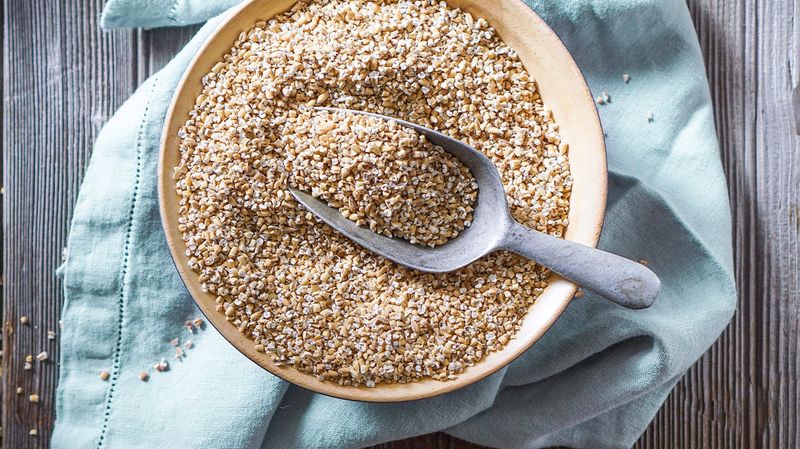
Morning routines get a wholesome upgrade with oatmeal, which contains about 24 grams of net carbs per cooked cup. The beta-glucan fiber in oats works magic for heart health by helping lower cholesterol levels naturally.
Unlike refined grains that spike blood sugar, oatmeal releases energy slowly, keeping you fuller longer. For an even lower-carb version, try overnight oats with chia seeds and unsweetened almond milk.
Steel-cut varieties offer the lowest glycemic impact, making them ideal for carb-conscious eaters who don’t want to sacrifice their comforting breakfast bowl.
3. Soba Noodles
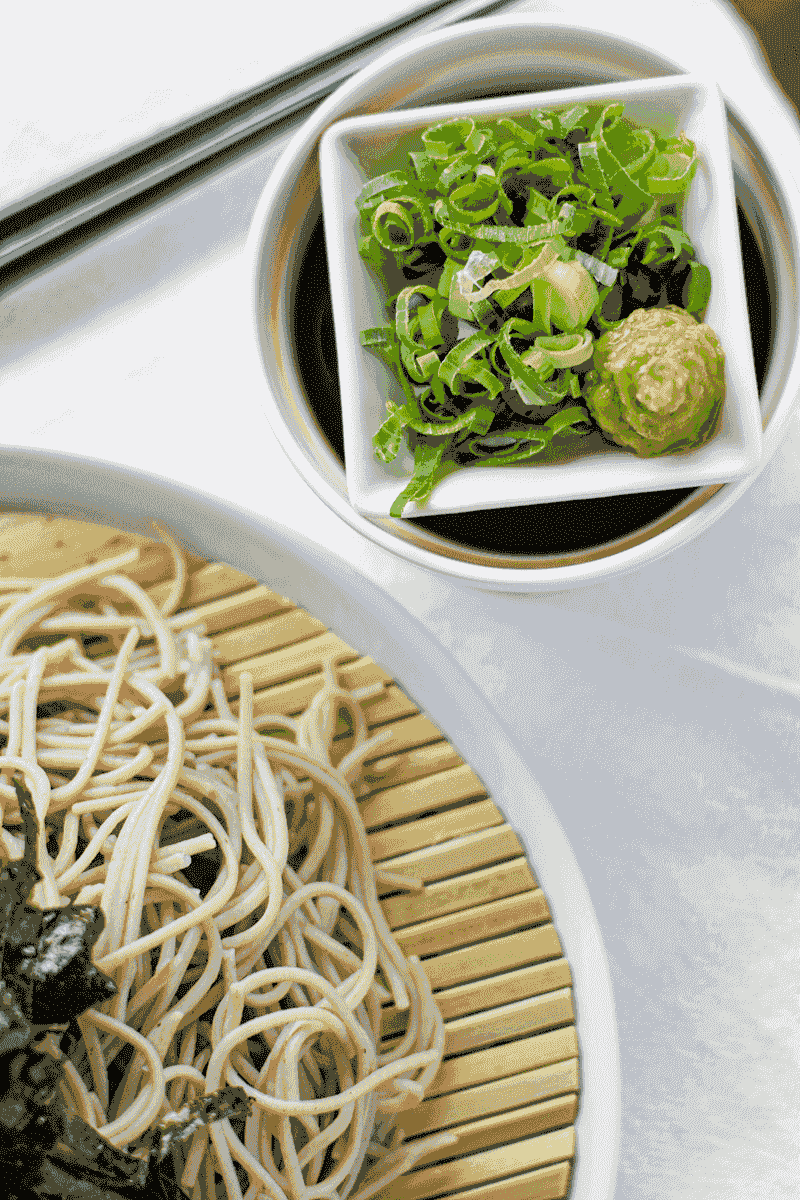
Craving pasta on your low-carb journey? Soba noodles might be your new best friend. Made from buckwheat (which isn’t actually wheat at all), these Japanese noodles contain 24-29 grams of net carbs per cup – significantly less than regular pasta.
The nutty flavor stands up beautifully to strong sauces and stir-fries. Look for versions made with 100% buckwheat for the lowest carb count and gluten-free benefits.
Rich in rutin, a powerful antioxidant, soba noodles support heart health while delivering more protein than most grain-based pastas. Try them cold with a sesame dressing for a refreshing meal.
4. Bulgur
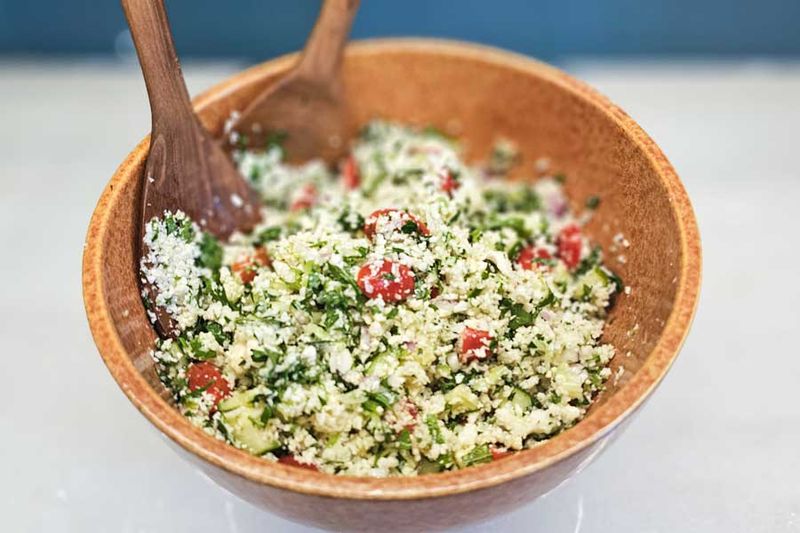
The secret weapon in traditional tabbouleh, bulgur wheat brings nutty flavor and satisfying chew with roughly 25-26 grams of net carbs per cooked cup. This partially pre-cooked cracked wheat saves precious time – it’s ready after just 10 minutes of soaking.
Ancient cultures prized bulgur for its exceptional shelf life and nutritional profile. Modern nutritionists appreciate its impressive iron content – one serving provides nearly 10% of your daily needs.
For a lower-carb meal, use bulgur as a partial substitute for higher-carb grains or mix it with riced cauliflower. The hearty texture holds up beautifully in soups and Mediterranean-inspired salads.
5. Buckwheat Groats

Despite the confusing name, buckwheat isn’t related to wheat at all! These pyramid-shaped seeds pack about 29 grams of net carbs per cooked cup while delivering impressive nutrition benefits.
Buckwheat contains rutin and quercetin – powerful plant compounds that strengthen blood vessels and reduce inflammation. The complete protein profile makes it exceptional among grains, providing all essential amino acids your body needs.
Try kasha (toasted buckwheat) for a deeper, nuttier flavor that pairs beautifully with mushrooms. The satisfying chew and earthy taste make it perfect for breakfast porridges or as a rice alternative in dinner bowls.
6. Couscous
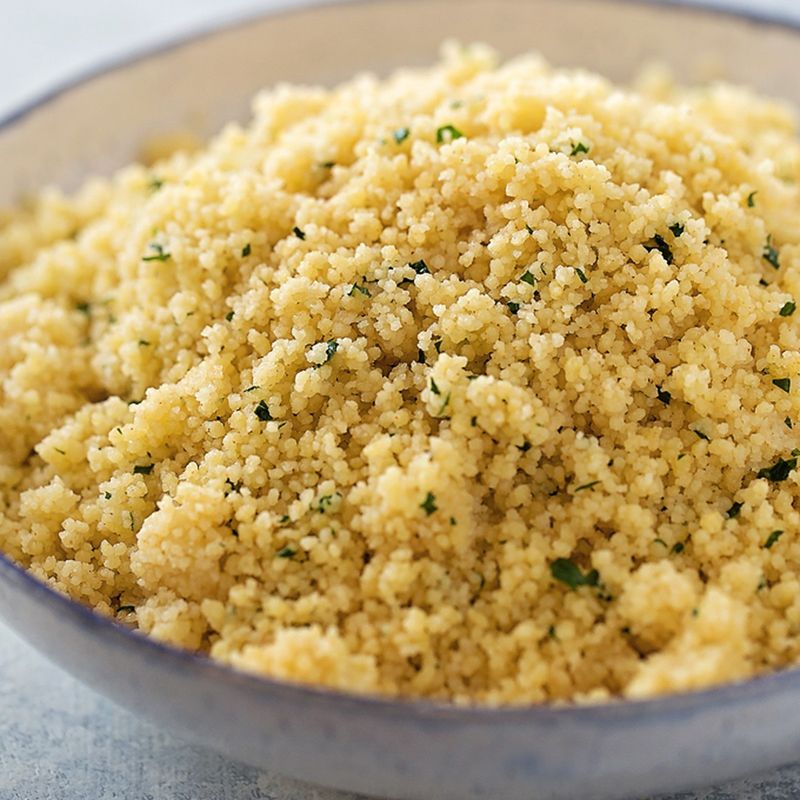
Technically a pasta, not a grain, couscous deserves mention for its versatility and moderate carb content – about 34 grams of net carbs per cooked cup. These tiny semolina pearls cook in just 5 minutes, making them perfect for busy weeknights.
Selenium, the standout mineral in couscous, supports thyroid function and helps your body fight oxidative stress. For the lowest carb impact, choose whole wheat couscous and measure portions carefully.
Pearl couscous (Israeli style) has a chewier texture that’s especially satisfying in small amounts. Try mixing it with roasted vegetables and a lemony dressing for a Mediterranean-inspired side dish that won’t spike blood sugar.
7. Quinoa
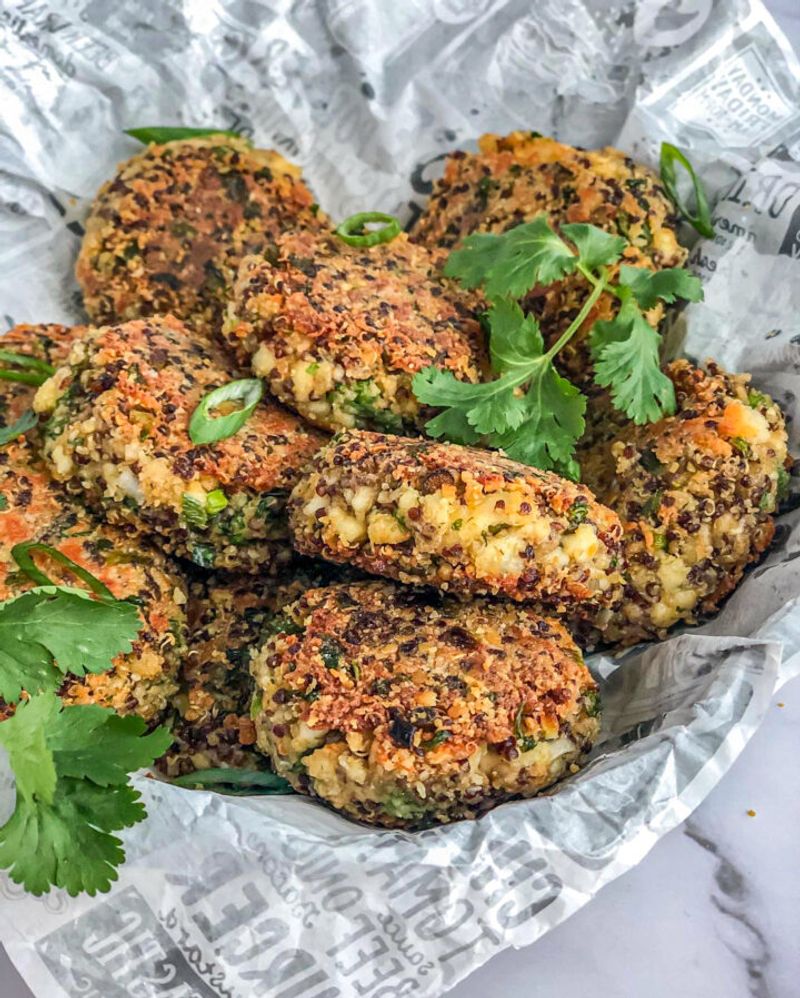
Ancient Incas called quinoa the “mother grain” for good reason! With approximately 34 grams of net carbs per cooked cup, this South American seed (not technically a grain) delivers complete protein – rare in the plant kingdom.
The tiny beads develop a delightful pop when cooked properly, releasing a subtle nutty flavor. Quinoa comes in several varieties – white, red, and black – each with slightly different textures and tastes.
Pre-rinsing removes the natural saponin coating that can taste bitter. For a lower-carb meal, use quinoa as a topping rather than a base – sprinkle a few tablespoons over salads or roasted vegetables instead of serving full portions.
8. Wild Rice
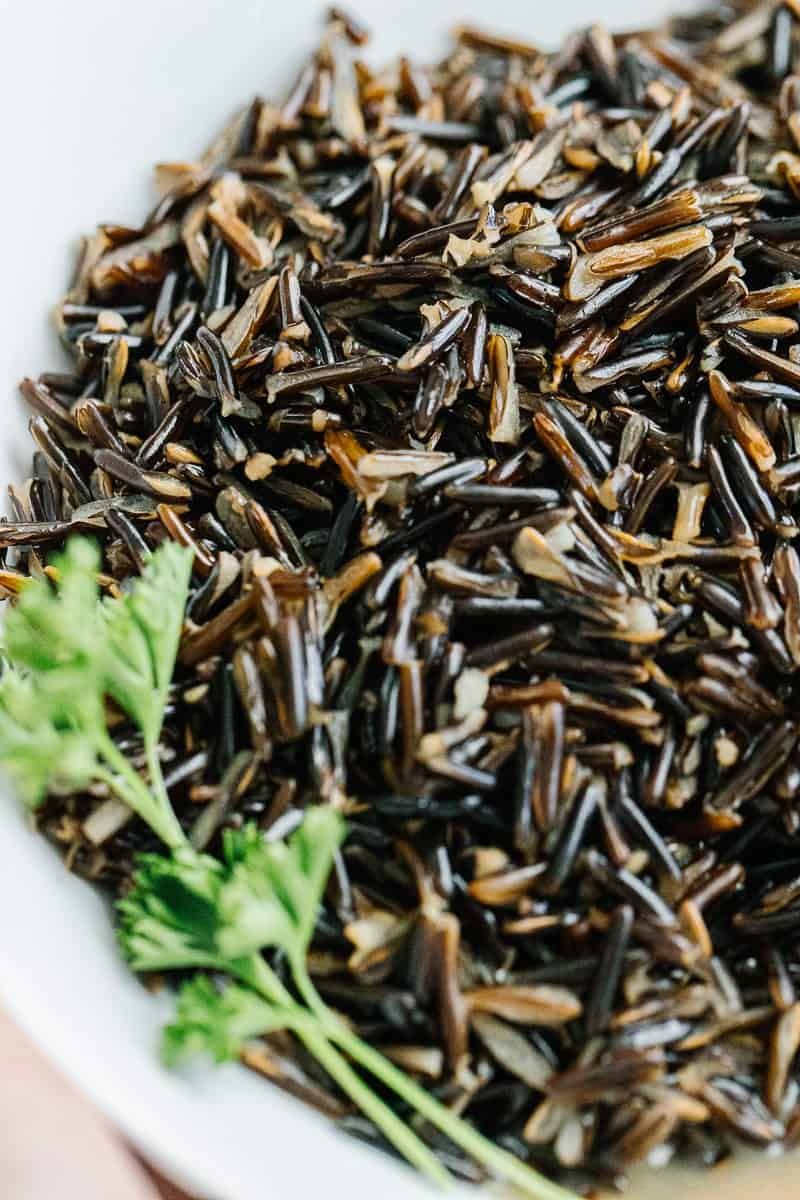
Harvested from aquatic grasses native to North America, wild rice isn’t actually rice at all! This long, dark grain contains approximately 32 grams of net carbs per cooked cup – lower than most true grains.
The distinctive chewy texture and smoky flavor make wild rice an adventure for your taste buds. Native Americans have harvested this nutritional powerhouse for centuries, valuing its exceptional levels of B vitamins and mineral content.
The dramatic black color comes from anthocyanins – the same antioxidants found in blueberries. Try mixing a small portion with cauliflower rice for a striking side dish that keeps carbs in check while maximizing nutrition.
9. Millet

This ancient seed sustained entire civilizations long before modern grains dominated our diets. With approximately 39 grams of net carbs per cooked cup, millet offers a slightly sweet, corn-like flavor that works beautifully in both savory and sweet dishes.
Birds love millet for the same reason humans should – it’s packed with phosphorus, magnesium, and B vitamins that support bone health and energy production. The tiny yellow beads cook up fluffy and light, similar to couscous but with more nutritional benefits.
For a lower-carb approach, try millet as a partial substitute in recipes calling for rice or as a protein-boosting addition to soups and stews where a little goes a long way.
10. Barley
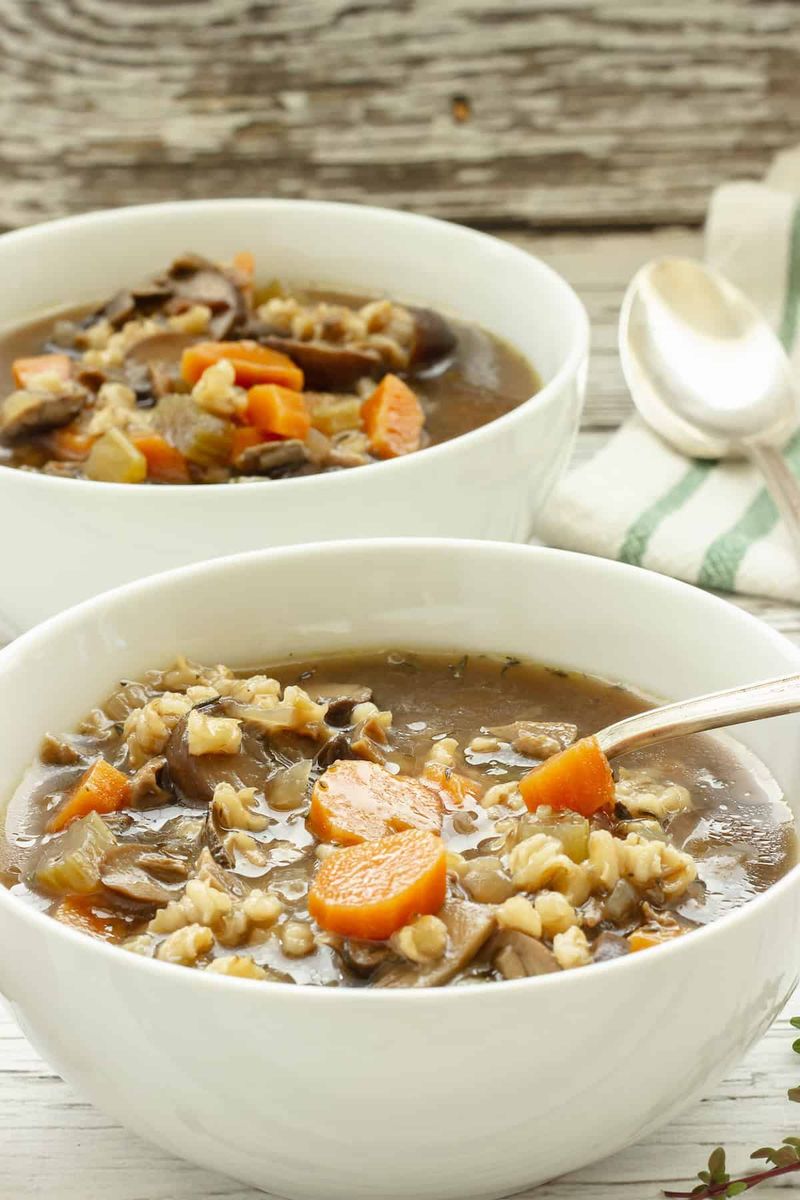
With its distinctive chewy bite and nutty flavor, barley brings comfort to soups and side dishes while providing 38-41 grams of net carbs per cooked cup. This ancient grain was so valued in ancient Rome that gladiators were called “barley men” for the grain that fueled their training.
The beta-glucan fiber in barley works wonders for cholesterol levels and digestive health. For the lowest carb impact, choose hulled barley (with only the inedible outer hull removed) rather than pearled varieties that lose fiber during processing.
A small portion of barley added to vegetable soup creates remarkable satisfaction with fewer carbs than a serving of bread or crackers on the side.
11. Spelt
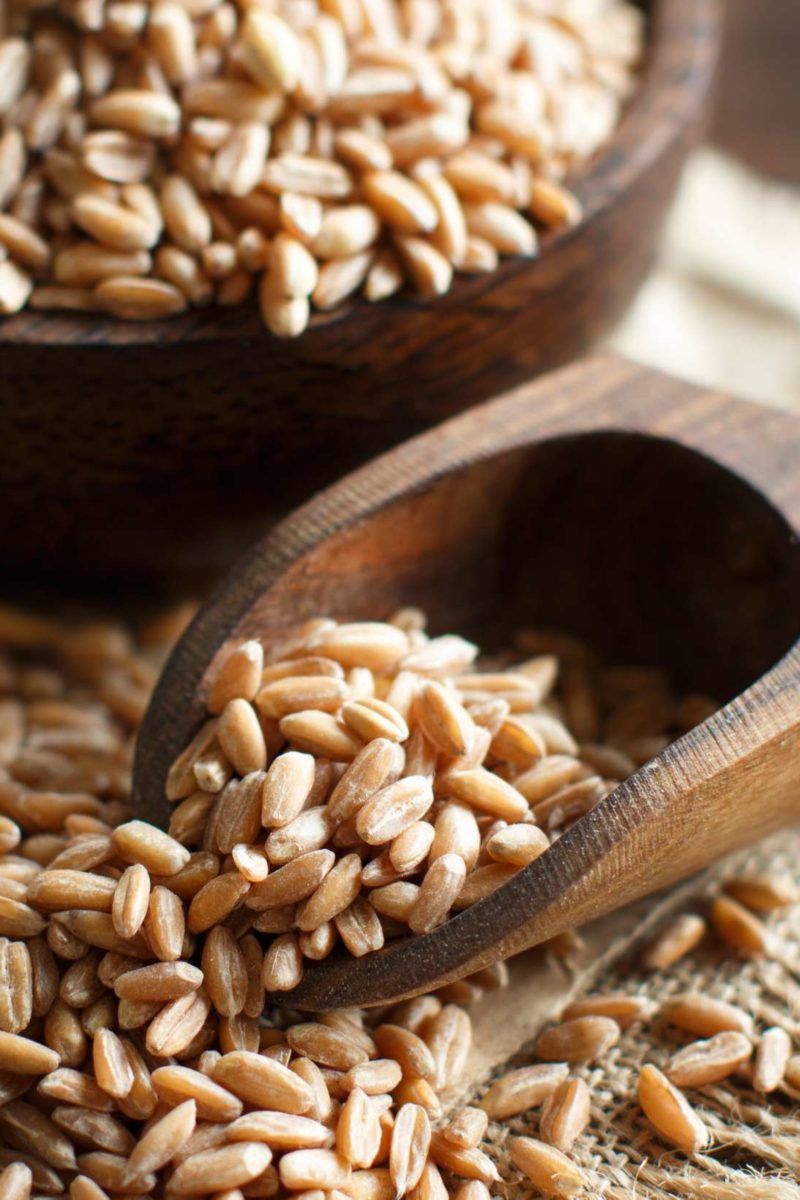
Dating back over 8,000 years, spelt offers a fascinating nutritional profile with approximately 44 grams of net carbs per cooked cup. This ancient relative of modern wheat brings a delightful nutty flavor and satisfying chew to baked goods and grain bowls.
Many people who struggle with modern wheat find spelt more digestible, possibly due to its different gluten structure. The impressive zinc content supports immune function, while niacin helps convert food into energy.
For lower-carb baking, try using spelt flour as just 25-50% of your flour blend. The distinctive flavor means a little goes a long way in adding character to breads and muffins without maxing out your carb budget.
12. Teff
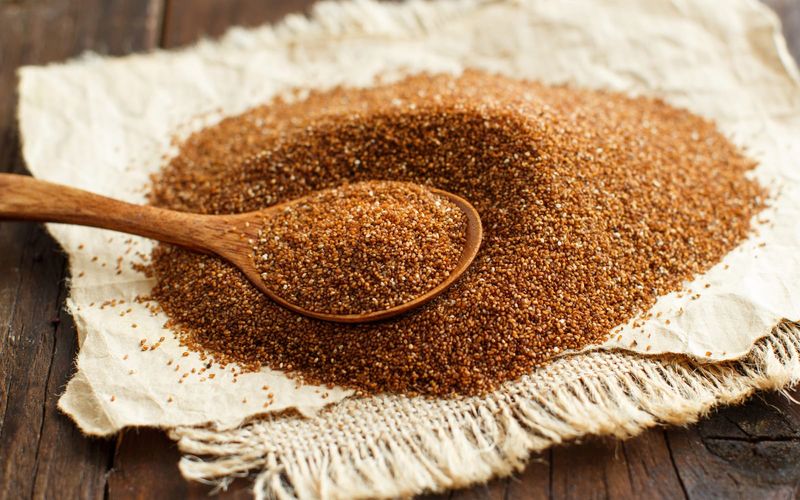
The world’s smallest grain packs an oversized nutritional punch! About the size of poppy seeds, teff contains approximately 40 grams of net carbs per cooked cup while delivering exceptional amounts of resistant starch – a type of fiber that feeds beneficial gut bacteria.
Ethiopian runners have long credited teff as their secret performance enhancer. The grain’s incredible iron content (nearly 50% of daily needs per serving) supports oxygen transport during exercise and prevents fatigue.
The mild, slightly sweet flavor works wonderfully in porridges and baked goods. Try using teff flour for just 25% of your baking recipes to add nutrition without overwhelming carbs, or sprinkle a tablespoon of cooked teff over yogurt for texture.
Leave a comment